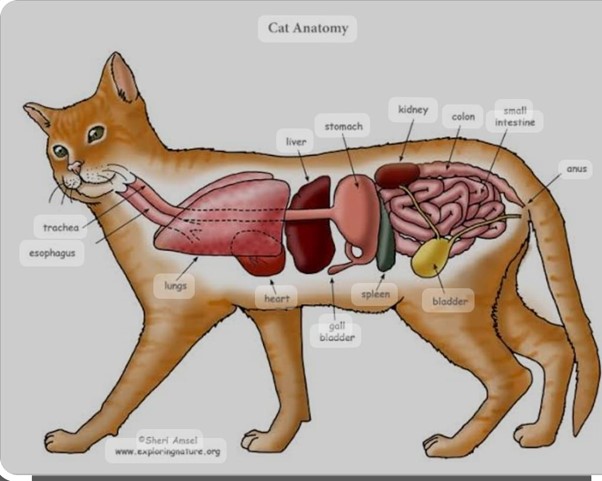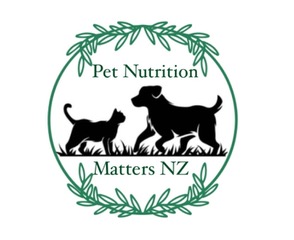Correcting Nutrition
The main base line for any issue within the body is correcting nutrition so the body can work and learn at optimum levels. Good species appropriate nutrition is the foundation for all other preventative health and behavior care. These pictures are a basic introduction for you of their digestive system, (so you can follow along with the post). One of many within their bodies.
By providing optimal nutrition to dogs and cats, includes understanding digestion from one end of their bodies to the other. A healthy digestive system is essential for your pets’ wellbeing. Health is entirely dependent on nutrition.
The digestive system of animals is incredibly complex and diverse. It comprises, from the mouth to the anus. Therefore, think of it as one long muscular tube that performs various functions along the way. Have you ever seen your dog drooling as you are cutting meat? This is his exceptional nostrils preparing his digestive system for the hope of incoming food! Many nonsteroidal anti-inflammatory drugs (NSAIDS), decrease olfaction which can affect appetite. Teeth are geared towards tearing chucks of meat. Saliva, drool, or slobber aids in swallowing as a lubricant. Dogs and cats will typically not chew their food.
The three generally recognized macronutrients needed in larger amounts are proteins, lipids (fats), and carbohydrates. In smaller amount micronutrients are vitamins and minerals. Water also plays an important part in digestion as it aids transportation, it supports the many systems of the body as the food moves through the GI tract. Water creates an appropriate vehicle and an orderly balance for recognition and absorption. If, for their whole life, cats are given dry food that provides little moisture that requires significant moisture from the body just to digest it, we are setting up a situation that causes dehydration and stresses the kidneys. Over time, this can translate into urinary tract disease, stones, infections, or kidney disease.
Dogs keep about 70% of their ingesta in the stomach, and only 30% in their intestinal tract. The stomach is made for a more moisture-appropriate diet. Animals eating meals of dry processed foods are five times more likely to bloat than those animals eating large amounts of fresh moisture-appropriate foods.
The stomach is a very large muscular acid bath where the muscular motion of the stomach wall mechanically mixes the acid with the food. The acid bath softens food, kills pathogenic bacteria, breaks bones, and starts the digestive process. Then food moves through the large and small intestines. Production of digestive enzymes depends on appropriate levels of micronutrients and minerals like iron, manganese, and selenium. Animals may become deficient in many micronutrients because of an increase in herbicide chemicals like glyphosate in pet foods. Glyphosate insolubly binds many micronutrients and minerals in the foods (specifically metals essential in the production of enzymes), making them unavailable for these metabolic processes.
The large intestine is involved in the absorption of water, electrolytes, vitamin production and absorption. Both the small and large intestines contain a great deal of bacteria the serve several functions. They are essential for the absorption of vitamins (especially B and K), they produce small fatty acids used as energy by GI epithelial cells, and they are needed to break down indigestible fibers and molecules.
Normally canines and felines utilize most of their food, if they are fed a species appropriate diet, and the resulting poop should be very firm, relatively dry, not horrible-smelling and in a small amount. When companion pets eat healthy, appropriate fresh food, ‘even the poop is cute’.
The real first step to creating a healthier animal is to understand digestion, including the intrinsic role the liver, gallbladder, pancreas, bile salts, gastric, pancreatic, and intestinal juices play. If this basic overview has ‘whet’ your appetite where you would like to know more for your individual pet, I would be happy to assist.


